Reciprocating internal combustion engine: What are its types?
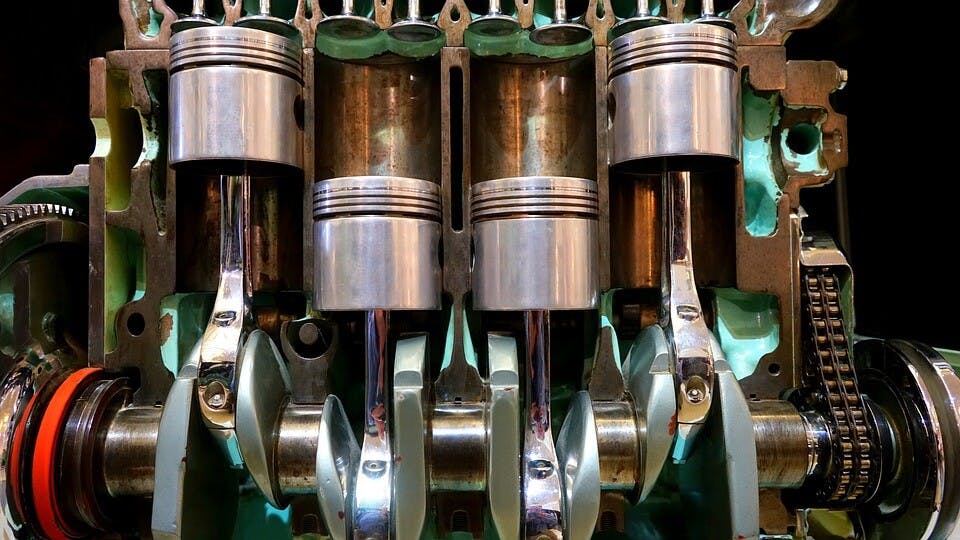
A reciprocating internal combustion engine is a type of combustion engine equipped with a piston, the task of which is to mediate the conversion of thermal energy generated by a chemical reaction into the mechanical work of the engine.
Under the term piston combustion engine, we can imagine a classic engine with reciprocating motion of the piston or a less used engine with a rotary piston and thus the Wankel engine.
Table des matières
- Piston combustion engine
- Engines with external combustion and rectilinear piston movement
- Engines with internal combustion and rotary movement of the piston
- Engines with internal combustion and rectilinear piston movement
- Reciprocating internal combustion engine and its construction
- Single shaft motors
- Multi-shaft engines
- Division of piston combustion engines according to the type of distribution
- Basic parameters of a piston combustion engine
Piston combustion engine
1. According to the place where the combustion takes place:
- An internal combustion engine (for example, a petrol or diesel engine)
- An external combustion engine (for example, a Stirling engine)
2. An engine with an intermittent duty cycle, either:
3. According to the movement of the piston:
- Engine with reciprocating piston movement
- Engine with rotary piston movement (Wankel engine)
However, to qualify an engine as a reciprocating internal combustion engine, it must meet at least one condition from each of these three points. Currently, the most widely used type of piston combustion engine is the four-stroke and two-stroke engine with internal combustion and rectilinear reciprocating movement.
Other types of piston combustion engines are no longer used or are used only minimally.
Engines with external combustion and rectilinear piston movement

This type of engine is the least used among piston combustion engines. Stirling engine uses heat from an external source to create energy for the work cycle.

Stirling Engine: What are its advantages?
The Stirling engine uses chemical energy from burning fuel to heat an isolated working substance, which performs work in the engine. Combustion always occurs outside the engine, and the isolated working substance is often gas.
Engines with internal combustion and rotary movement of the piston
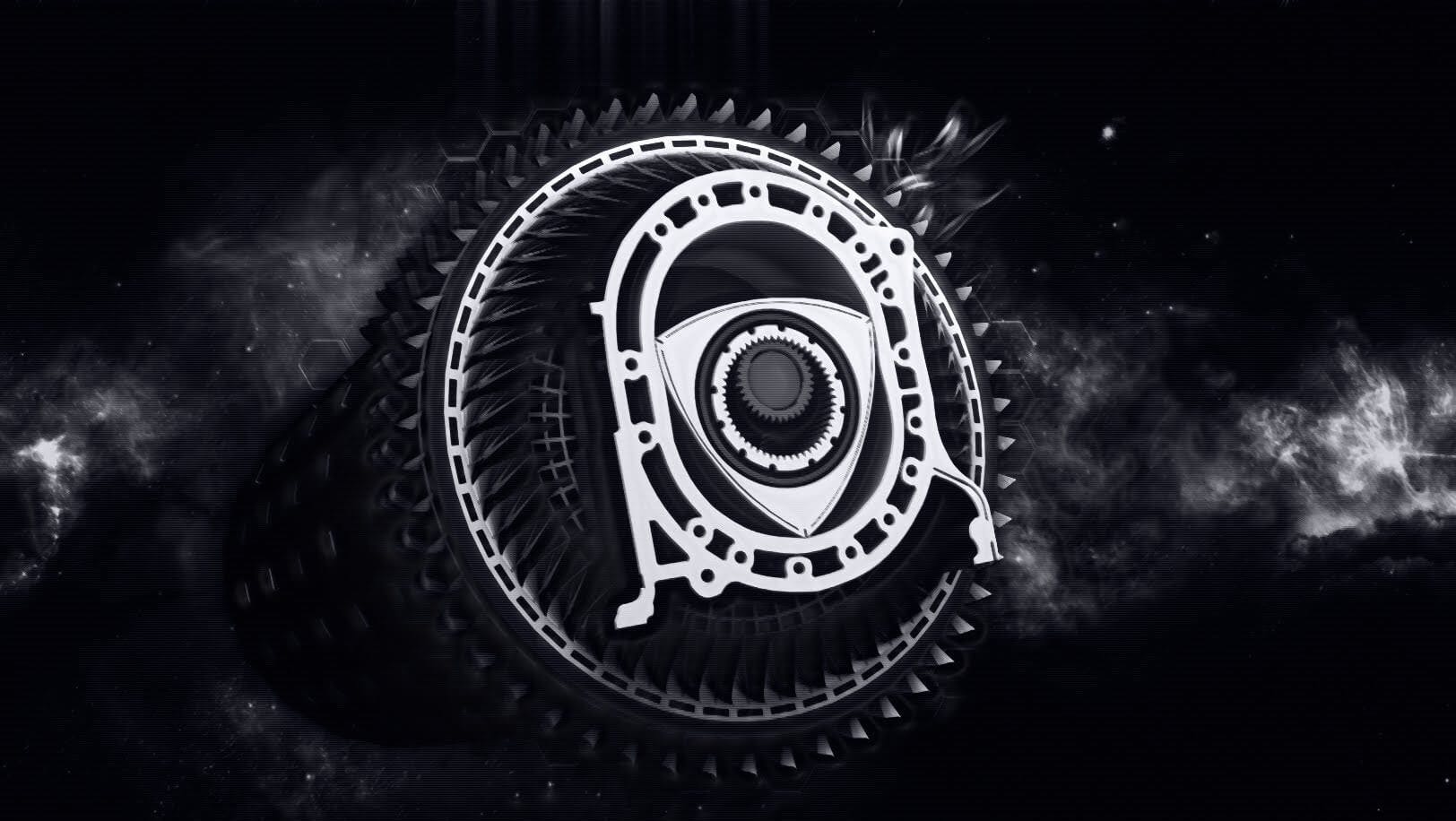
This category includes the Wankel engine, sometimes called a rotary engine. It is an internal combustion engine with a rotary piston that converts pressure into rotary motion. Unlike a classic piston combustion engine, all parts of a Wankel engine rotate in one direction.
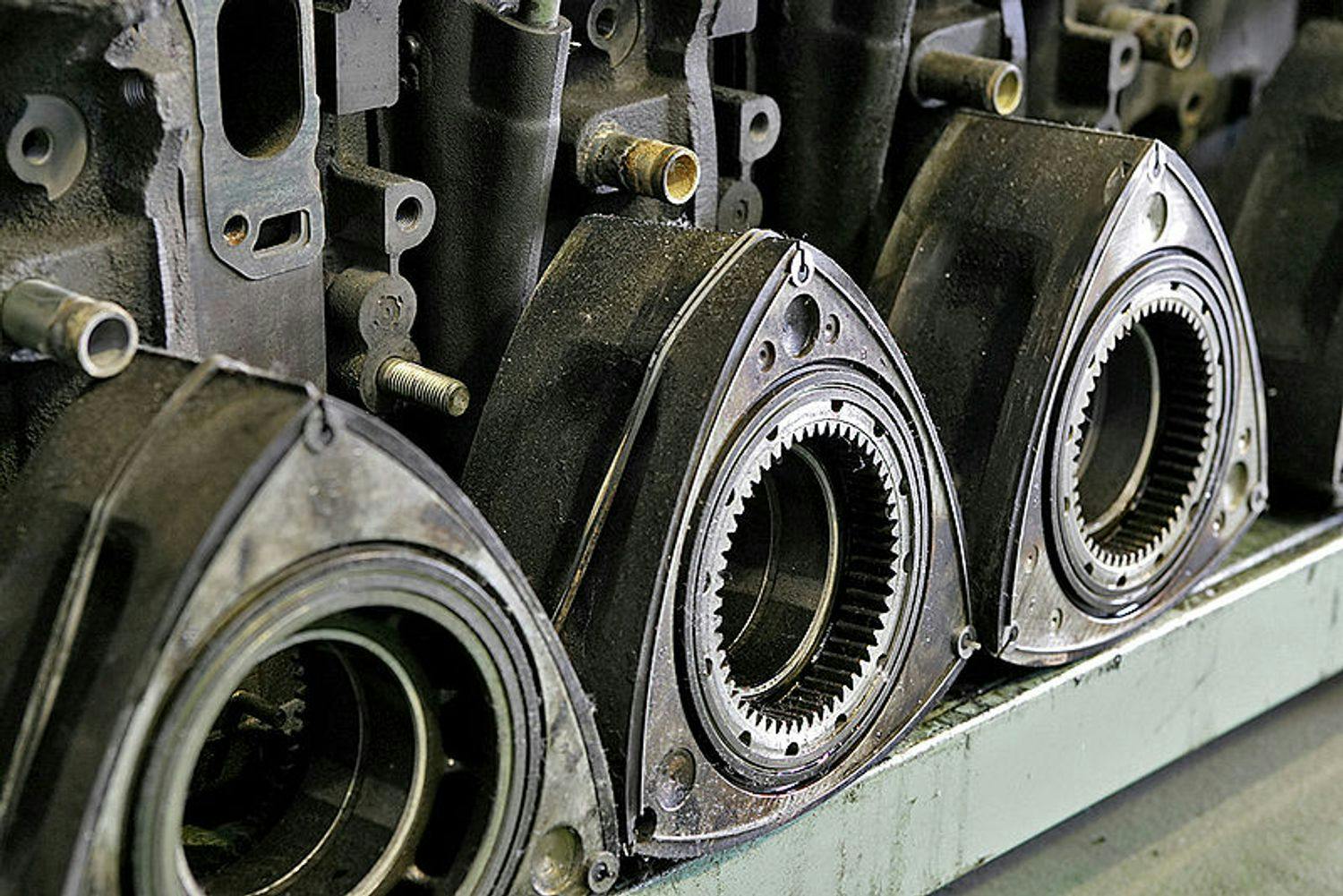
Wankel Engine: How does it work, and what are its advantages?
The four-stroke cycle: intake, compression, combustion, and exhaust, occurs between the oval-shaped inner casing and the triangular-shaped rotary piston.
The pistons rotate around a shaft, referred to as the eccentric shaft, and pass through the center of the rotor. A large gear wheel provides the circular movement of the piston with internal teeth, located in the center of the rotor (piston). A small gear that engages the rotor gear is rigidly attached to the shaft.
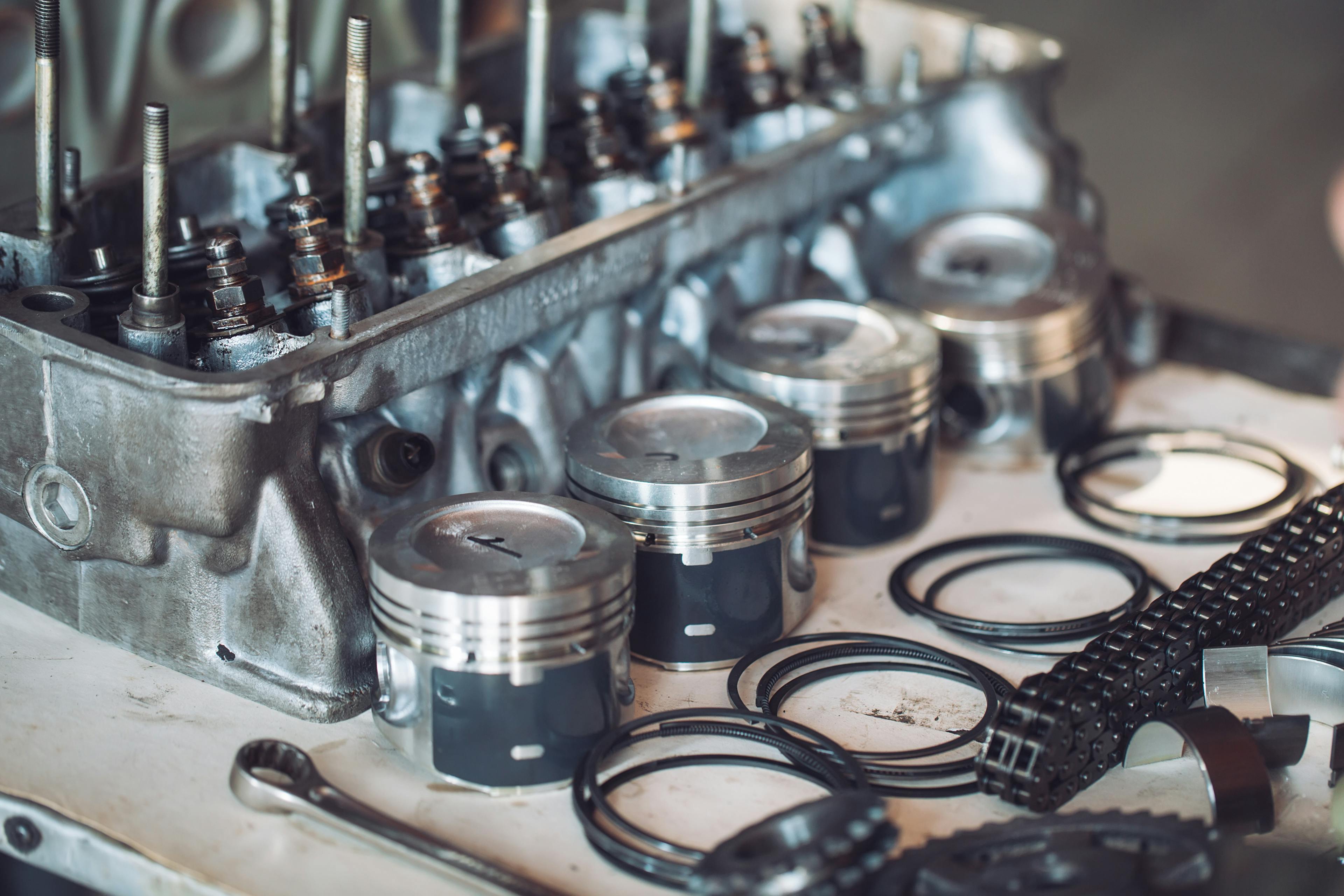
Engine Pistons: How do they work?
In the places where the rotating piston meets the inner shell of the motor cover, a seal ensures that three isolated spaces are created between the rotor and the shell. As the piston rotates, these spaces move in the direction of rotation and increase and decrease in volume.
Engines with internal combustion and rectilinear piston movement:
The piston combustion engine with internal combustion and reciprocating movement of the piston belongs to the most widespread engines used to drive cars, motorcycles, ships, and small planes.
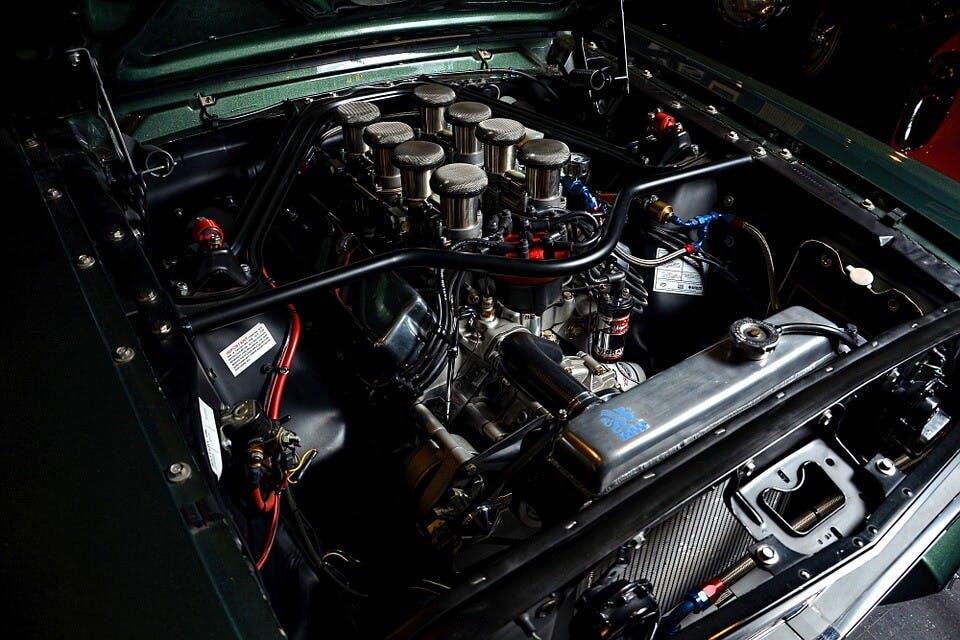
Internal combustion engine: How does it work?
It is, therefore, the most numerous representative not only of piston combustion engines but also of all other combustion engines.
We can include these engines in the category:
- Two-stroke petrol engines (these are small engines used mainly to drive motorcycles)
- Two-stroke diesel engines (these are engines used most often in industry, such as backup generators for the production of electricity)
- Four-stroke petrol engines (these are engines of various volumes, most often used to drive cars)
- Four-stroke diesel engines (these are engines of various volumes, most often used to drive cars, buses, vans or trucks, and other heavy machinery)
Concept of this engine in a nutshell:
A piston combustion engine with internal combustion converts chemical energy into mechanical energy by burning the mixture. After igniting the mixture in the combustion chamber, which must be perfectly sealed, great pressure is created, which acts on the piston of the engine and moves it.

The sliding movement of the piston is transmitted through the connecting rod to the crankshaft and thus turns into a rotary one, thanks to which the driver of a car or other machine is ensured.
One working cycle of the engine consists of the following phases:
- Intake - the phase of filling the cylinder with a fresh charge
- Compression - the phase of compressing the mixture
- Combustion - the phase of combustion, during which the transformation occurs thermal energy for mechanical work
- Exhaust - the phase of pushing exhaust gases out of the cylinder
Reciprocating internal combustion engine and its construction:

Reciprocating combustion engines with rectilinear piston movement and internal combustion can be divided into several groups according to several design features, namely:
According to the cooling method:
We divide piston combustion engines according to the number, and arrangement of cylinders and crankshafts into:
Single shaft motors:
A single-shaft engine is a piston combustion engine equipped with only one crankshaft. This engine type is the most frequently represented in the construction of piston combustion engines.
The group of single-shaft motors includes:
- Single-cylinder engines
- In-line engines - respectively single-row, which have all cylinders in one row
- Double-row engines - V engines with V-shaped cylinders, engines with A-cylinders, or VR engines
- Three-row engines - W engines
- Fan engines
- Four-row engines - X engines
- Radial engines - with cylinders located around the crankshaft
- Multi-radial engines - two-, three-, four-cylinder radial engines and so on
According to the number of cylinders, some of the above types belong to the group of flat engines.
Multi-shaft engines:

A multi-shaft engine is a piston combustion engine equipped with multiple crankshafts. According to the number of shafts, multi-shaft motors are called two-shaft, three-shaft, and so on.

Crankshaft: What is it for, and what forces must it withstand?
The multi-shaft construction of the engine enables the realization of single-piston, two-piston, and multi-piston engines.
This group includes:
- Engines with counter-rotating pistons
- Engines with parallel cylinders - U engines
- Triangular engine
- Y engines
- Quadrilateral engine
- H engines
According to the number of cylinders, some of the above types belong to the group of flat engines.
Division of piston combustion engines according to the type of distribution:
- Engine with channel distribution
- Engine with slide distribution
- Engine with valve distribution:
- Valve distribution F - with one valve on the side of the cylinder with the other in the head (obsolete design)
- Valve distribution SV (side valve) - with a valve on the side of the cylinder (outdated design)
- Valve distribution OHV (overhead valve) - with valves in the cylinder head
- OHC valve train (overhead camshaft) - with valves and a camshaft in the cylinder head
- DOHC or 2xOHC valve train - with two camshafts in the cylinder head
- Engine with combined distribution - a channel, the outlet by a valve usually handles the inlet of the mixture.
The characteristic parameters of a reciprocating combustion engine with reciprocating piston movement are:
- Stroke - the distance between the bottom and top center of the piston
- Stroke volume - the difference in the volumes of the combustion chamber between the bottom and top center of the piston in cm3
- The volume of the compression space - the volume that remains in the cylinder in cm3 when the piston is at the top dead center
- Compression ratio - the ratio of the volume of the cylinder when the piston is at the bottom dead center to the volume when the piston is at the top dead center
Basic parameters of a piston combustion engine:
The basic technical parameters of a piston combustion engine include power and torque. The maximum speed and acceleration of the car depend on these parameters, fuel consumption, or the ability to climb hills.
Engine power is given in kilowatts (kW) and horsepower (PS, HP, ks). The unit of torque is Newtonmeter (Nm) or pound per foot (ft-lbs).